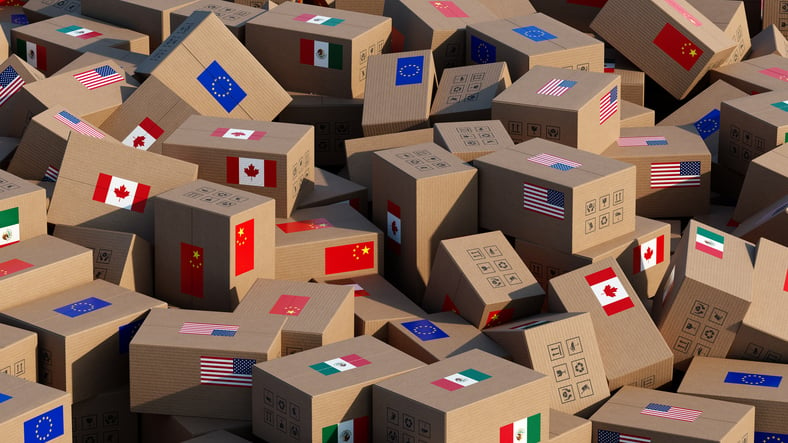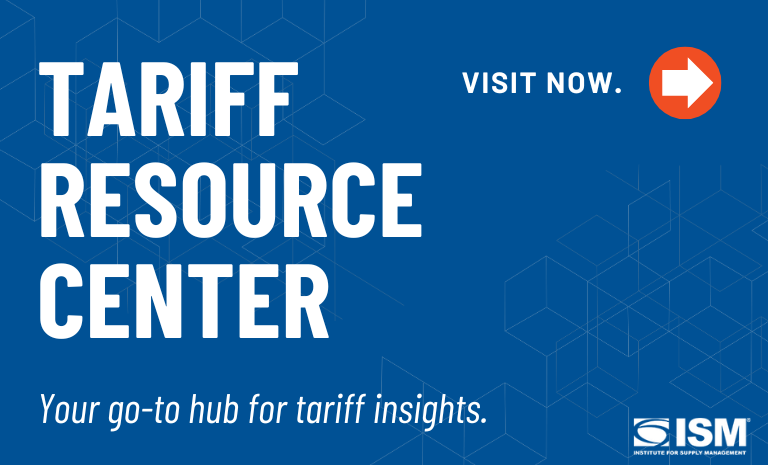Flurry of Announcements Further Clouds the Tariffs Picture

Are you ready for some more tariffs turbulence?
President Donald Trump on Monday issued letters announcing increased tariffs on several key trade partners, most notably a 25-percent duty on imports from Japan and South Korea, effective on August 1.
Among at least 12 other countries impacted, Malaysia and Kazakhstan were hit with similar 25 percent duties, while South Africa will face 30 percent tariffs. Laos and Myanmar are slated experience the highest impact, with a 40 percent levy. These measures represent the initial phase of an expanded campaign involving tariff notifications and potential new trade agreements, with further updates anticipated.
According to the White House, approximately a dozen nations received notifications on Monday, with additional correspondence forthcoming. These actions precede a Wednesday deadline for revised trade agreements with many countries impacted by the administration’s “Liberation Day” reciprocal tariffs announced on April 2.
Finally, Trump threated an additional 10-percent duty on imports from nations that, in his words, “align with the anti-American policies” of the BRICS group of countries: Brazil, Russia, India, China and South Africa are original members, with Saudi Arabia, Egypt, the United Arab Emirates, Ethiopia, Indonesia and Iran joining in the last two years.
Trump delayed the initial reciprocal tariffs for 90 days, reducing them to 10 percent to facilitate negotiations; however, few countries were able to achieve favorable terms during that period. Monday’s announcements effectively granted an informal extension of the Wednesday deadline to early August; Trump made it official with an executive order later in the day.
The U.S imports a wide range of goods from many of the countries involved in Monday’s actions — most notably, automobiles, industrial machinery and electronic products from Japan and South Korea. Kazakhstan supplies crude oil and various metal alloys, and Malaysia is a key source of electronic components.
South Africa mainly exports precious metals to America. Laos provides items such as optical fibers, eyewear and apparel, and Myanmar’s top export to the U.S. is mattresses and other bedding products.
Updated Tariffs Scorecard
Based on reporting from The Wall Street Journal and other media outlets, here’s where tariffs largely stand with the U.S.’s biggest trading partners:
- After rates soared as high as 145 percent, the U.S. tariff on imports from China is 55 percent — a 30-percent rate from the tentative trade deal the nations struck in June, atop a 25 percent levy that predates the Trump administration.
- Mexico and Canada face 25-percent tariffs, unless goods qualify under U.S.-Mexico-Canada Agreement (USMCA) rules. Energy products are taxed at 10 percent.
- The European Union (EU) and United Kingdom (U.K.) have 10-percent tariffs; the EU’s rate could rise to 50 percent if no deal is reached by August 1, while the U.K. has exemptions for steel and aluminum.
- Imported vehicles and auto parts (except those from USMCA partners) incur a 25-percent tariff. Steel and aluminum tariffs have doubled to 50 percent, excluding imports from the U.K.
Trump’s heightened focus on restructuring U.S. trade relations in his second term has introduced considerable uncertainty. Business leaders, economists and policymakers are now navigating unpredictable changes in tariffs, complicating decisions regarding manufacturing, supply chains, employment and inflation.
“The president’s strategic uncertainty is producing some short-term results, but continuing to threaten exorbitant tariff rates is just paralyzing for business decision-making and erodes trust with our allies and major trading partners,” Jake Colvin, president of the National Foreign Trade Council, told The Wall Street Journal.
This volatility poses significant challenges for industries dependent on international commerce and long-term strategic planning. A recent study on the tariffs’ impacts on global supply chains, conducted by researchers at Michigan State University (MSU) in East Lansing, Michigan and published in the Journal of Supply Chain Management, affirmed this uncertainty.
Dealing With ‘Real-World Consequences’
Shock and Awe: A Theoretical Framework and Data Sources for Studying the Impact of 2025 Tariffs on Global Supply Chains delineates three principal categories of costs incurred by companies in response to tariffs: adjustment costs, transaction costs and opportunity costs related to timing errors.
These cost factors significantly influence organizations’ abilities to transition suppliers, relocate production or adjust consumer pricing strategies. The framework further accounts for the role of uncertainty and potential misconduct, such as falsified documentation, thereby providing a more comprehensive perspective on companies’ responses to trade disruptions.
In contrast to previous trade disputes, the rapid enactment, reversal and reinstatement of the 2025 tariffs have created an unpredictable environment, complicating business planning efforts. The study cites results from an April survey by the Federal Reserve Bank of Atlanta, in which 40.2 percent of respondents indicated their companies are scaling back hiring over the next six months due to the uncertainty, and 45.1 percent were lowering investment levels.
“I’ve spoken with industry professionals who have described large importers having at least five, and sometimes 10, different plans sketched out because they cannot anticipate what the final form of tariffs will look like,” study lead author Jason Miller, the Eli Broad Endowed professor in supply chain management at MSU, said in a press release.
The trade shocks have impacted sourcing, pricing and production around the globe, and the fallout has been felt by everyone from government officials to everyday consumers.
“Tariff-driven price increases have real-world consequences,” said co-author David Ortega, professor and Noel W. Stuckman chair in food economics and policy at MSU. “They shape what people can afford at the grocery store, and retaliatory actions from other countries can impact what farmers grow. These ripple effects matter and affect everyone.”

